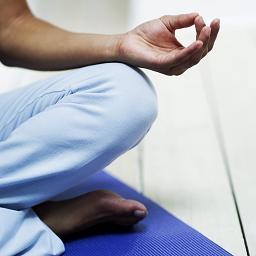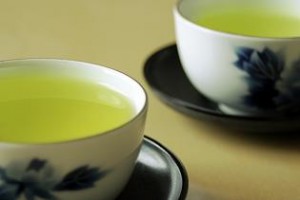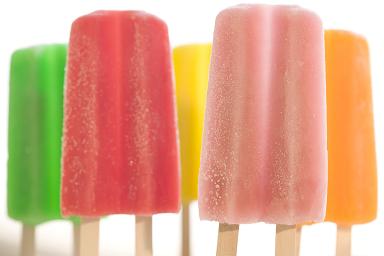 Time (or lack of) is a big stressor for many of us, and managing our time can reduce that stress significantly. Time management is something most of us lack, and just a few ideas can help you get a handle on your time and spend it wisely.
Time (or lack of) is a big stressor for many of us, and managing our time can reduce that stress significantly. Time management is something most of us lack, and just a few ideas can help you get a handle on your time and spend it wisely.
The following time management tips are simple but effective:
Get a planner.
Part of the reason we are so stressed is because everything we need to remember is scattered: sticky notes here, cell phone memos there—and then we try to commit important tasks and dates to memory. Everything needs to be in one place, preferably in something you can carry with you at all times.
A planner is the most efficient and easiest way to keep track of everything. It doesn’t have to be large or complicated—you’ll be surprised at how many different planners you’ll find once you make the decision to use one. Some planners are very low tech, while others will also update your computer or other electronic devices. Get whichever makes sense for you. The main goal is to use it.
Plan your day and prioritize your tasks.
Use the planner to decide what you’ll do each day, and determine which tasks have high priority. Those are the tasks you should be focusing on. This is not to say the low-priority tasks are not important, but those with high priority should take precedence. Track your progress each day so you can see how efficiently you’re working.
Quit trying to remember everything.
The planner will become a significant part of your brain once you start to use it. You’ll be amazed at how free you’ll feel when you don’t have to try to remember everything. Just consult your planner each morning, and live your life.
Learn to say no.
Here’s another great use for the planner—it’s a great way to tell someone no easily and gracefully. If you’re asked to do something you don’t want to do or don’t have time for, pull out your planner and consult it, and then tell that person you’re booked on that date.
Delegate when and where you can.
Do you really need to go to the store, or can you send your teenager? Look at your to-do list and see who could take over some of your low-priority tasks. Maybe it’s time to teach others in your household to do some laundry, or to allow your assistant to help you with your work email. You don’t have to do it all.
Analyze how you’re doing.
At the end of each month, take 10 minutes to look back and see how well you managed your time. You’ll see where you have improved and where you still need help. Adjust accordingly.
Did you find these stress and time management tips effective? Is this a topic you’re interested in hearing about in the future?














